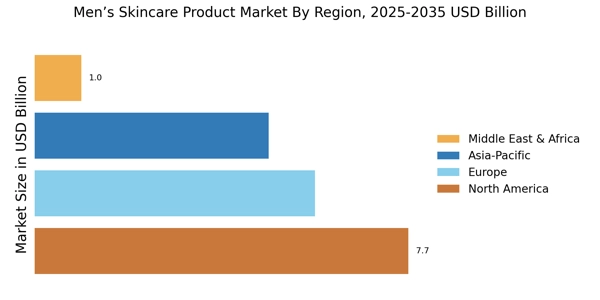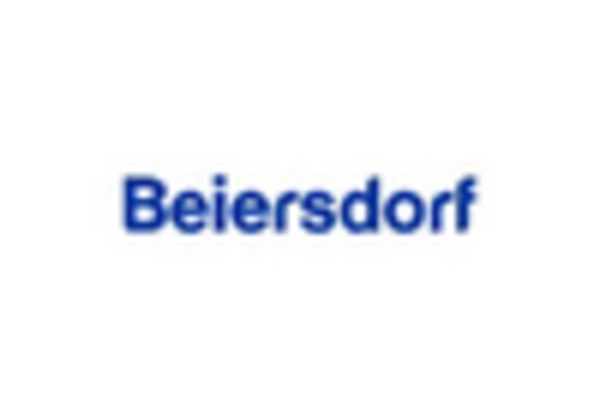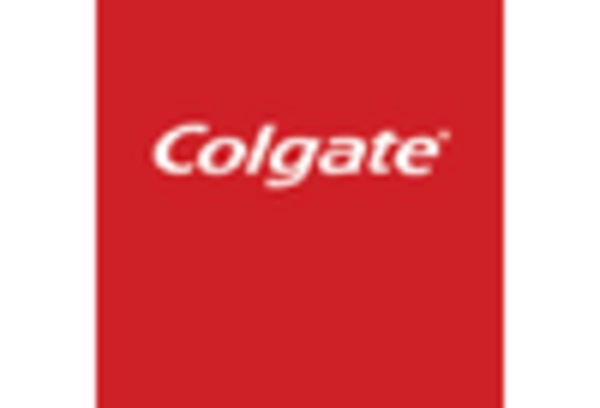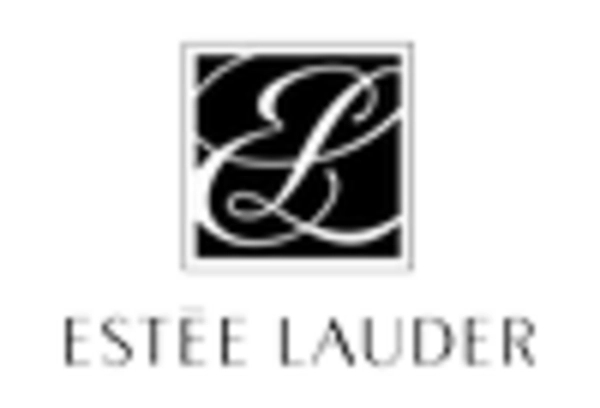Rise of E-commerce Platforms
The rise of e-commerce platforms is transforming the Men’s Skincare Product Market by providing consumers with convenient access to a wide range of products. Online shopping has become increasingly popular, allowing men to explore and purchase skincare items from the comfort of their homes. This trend is supported by data indicating that online sales of skincare products have increased by over 30% in recent years. E-commerce platforms not only offer a diverse selection of brands but also facilitate easy comparison of products, prices, and reviews. As more men turn to online shopping for their skincare needs, the Men’s Skincare Product Market is expected to experience substantial growth, driven by the convenience and accessibility that e-commerce provides.
Influence of Male Grooming Culture
The influence of male grooming culture is significantly shaping the Men’s Skincare Product Market. As societal norms evolve, there is a growing acceptance of skincare as an essential part of men's grooming routines. This cultural shift is evidenced by the increasing number of male grooming brands entering the market, which has expanded the variety of products available. In recent years, the market has seen a surge in the introduction of innovative skincare solutions tailored specifically for men, including products that address unique skin types and concerns. The Men’s Skincare Product Market is likely to benefit from this trend, as more men embrace grooming practices that were traditionally associated with women, thereby broadening the consumer base and driving sales.
Increasing Awareness of Skincare Benefits
The growing awareness of skincare benefits among men is a pivotal driver in the Men’s Skincare Product Market. As men become more conscious of their appearance and skin health, they are increasingly seeking products that cater to their specific needs. This trend is reflected in the rising sales of skincare products, which have shown a compound annual growth rate of approximately 5.5% over the past few years. The Men’s Skincare Product Market is witnessing a shift where men are not only purchasing basic grooming items but are also investing in specialized products such as moisturizers, serums, and anti-aging creams. This heightened awareness is likely to continue influencing purchasing behaviors, as men seek to enhance their skincare routines and address concerns such as dryness, aging, and acne.
Demand for Sustainable and Eco-friendly Products
The demand for sustainable and eco-friendly products is emerging as a crucial driver in the Men’s Skincare Product Market. As consumers become more environmentally conscious, they are increasingly seeking skincare products that align with their values. This trend is reflected in the growing number of brands that prioritize sustainable sourcing, eco-friendly packaging, and cruelty-free practices. Research indicates that a significant portion of male consumers is willing to pay a premium for products that are environmentally friendly. The Men’s Skincare Product Market is likely to see a continued rise in the popularity of such products, as brands adapt to meet the expectations of a more eco-conscious consumer base.
Technological Advancements in Product Formulation
Technological advancements in product formulation are playing a vital role in the evolution of the Men’s Skincare Product Market. Innovations in skincare technology have led to the development of more effective and targeted products, catering to the specific needs of men's skin. For instance, the incorporation of advanced ingredients such as peptides, antioxidants, and hyaluronic acid has enhanced product efficacy. This trend is supported by market data indicating that products featuring cutting-edge formulations are experiencing higher demand. As brands continue to invest in research and development, the Men’s Skincare Product Market is poised for growth, driven by the introduction of innovative solutions that address various skin concerns and improve overall skin health.


















Leave a Comment